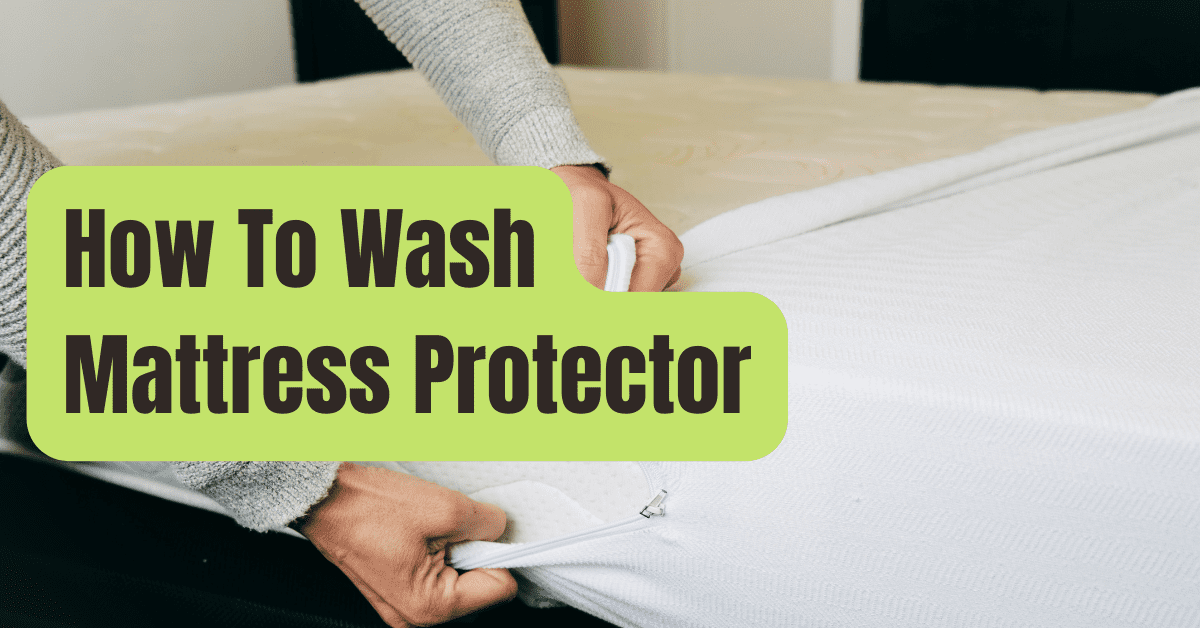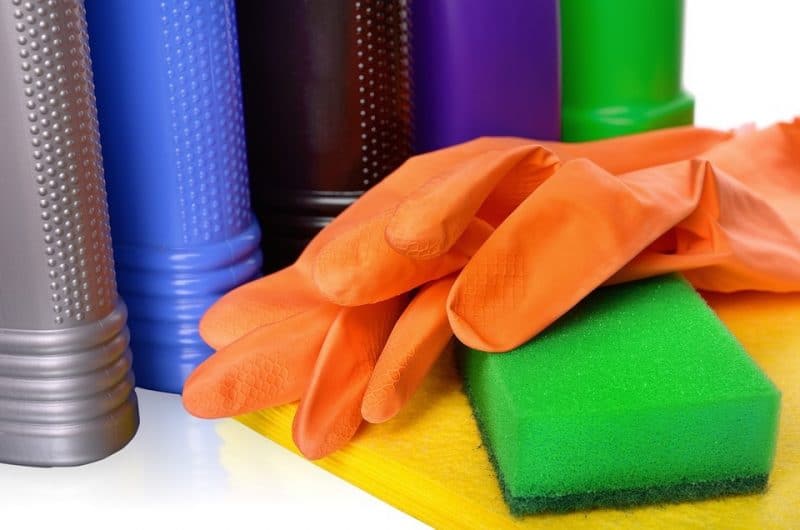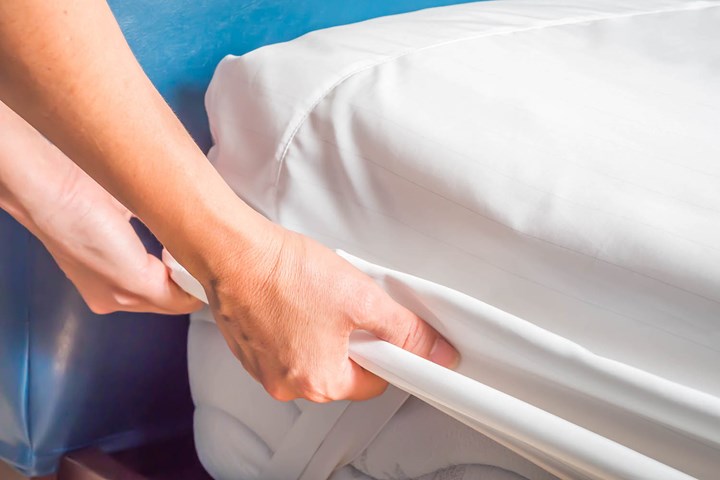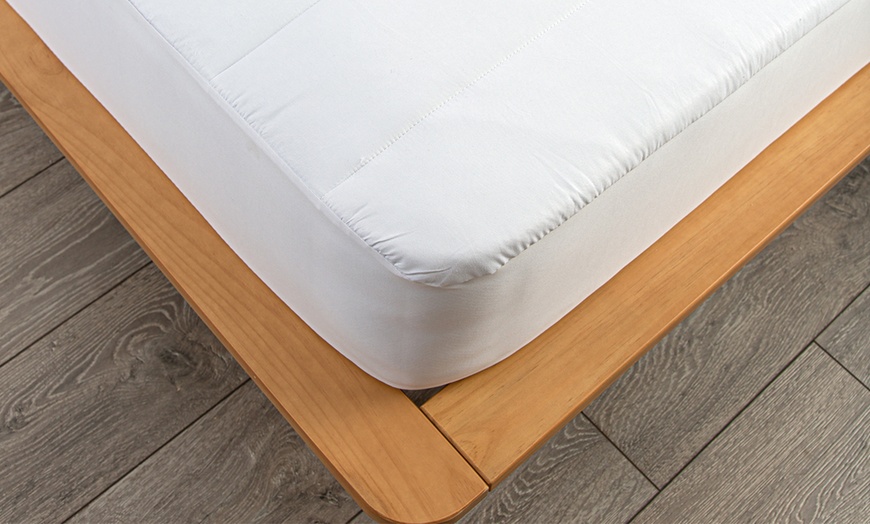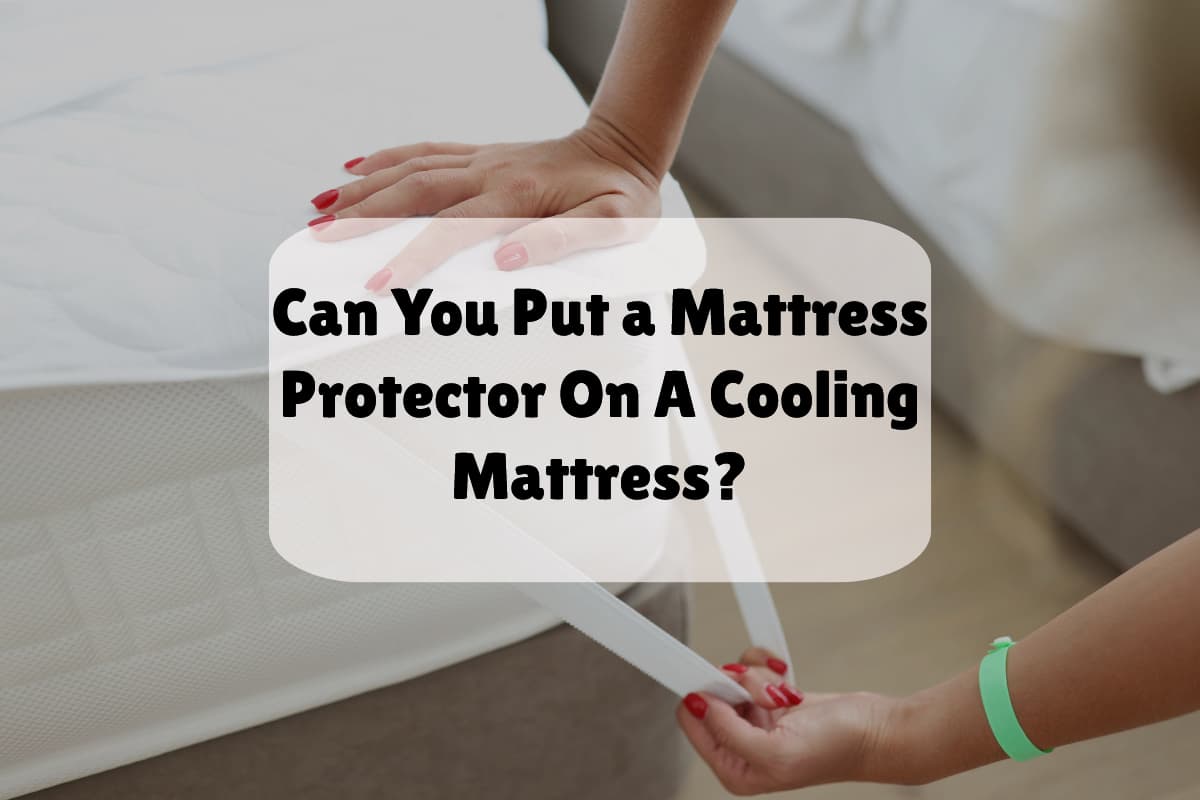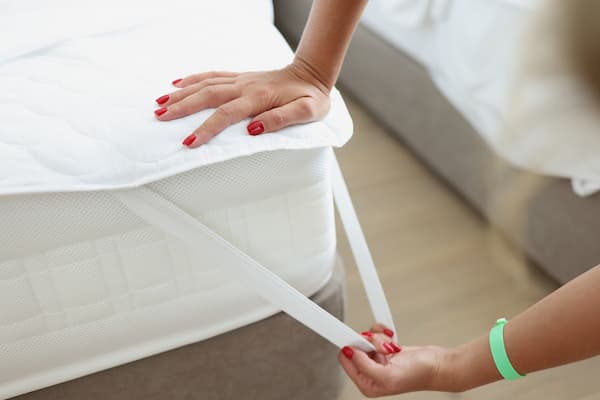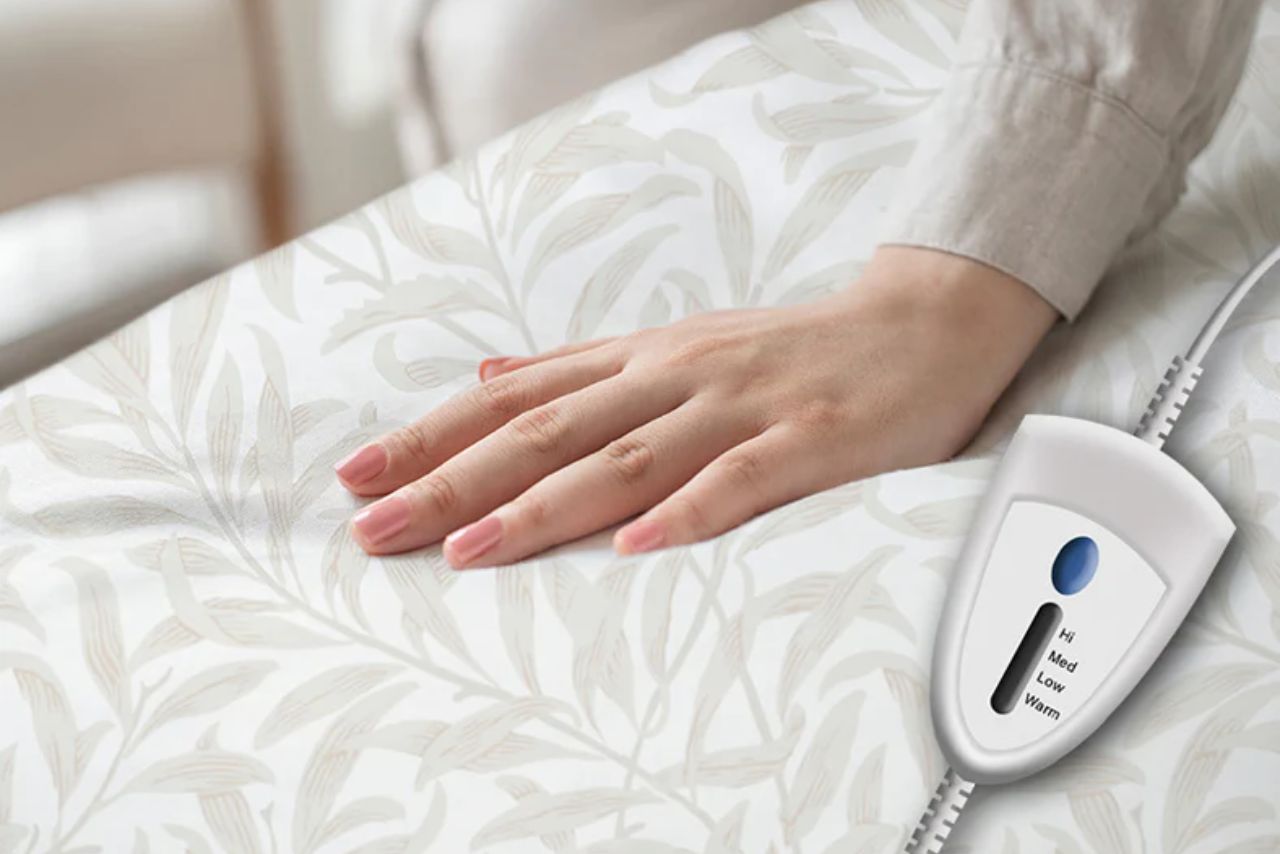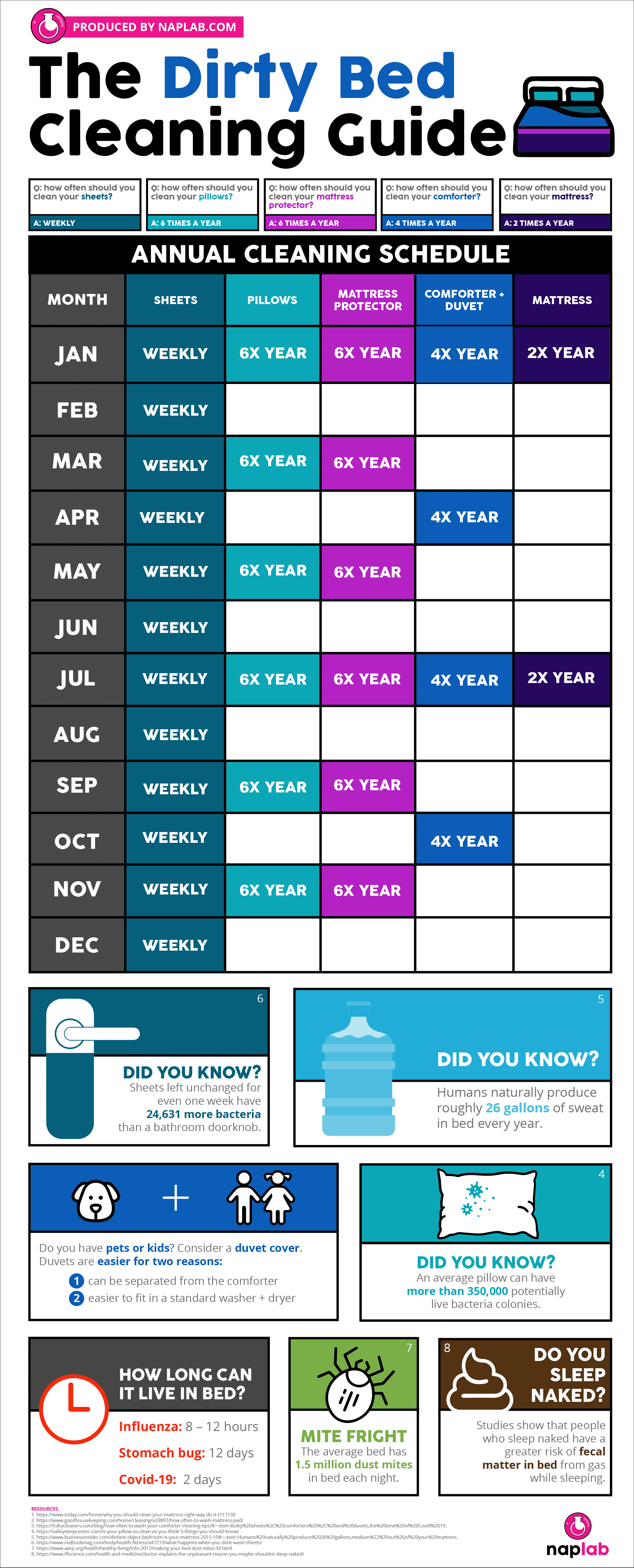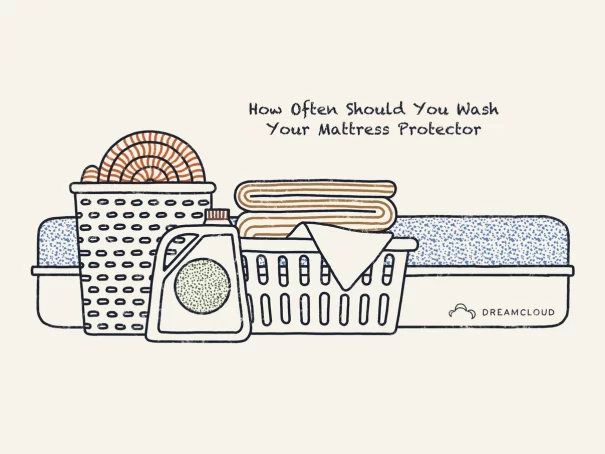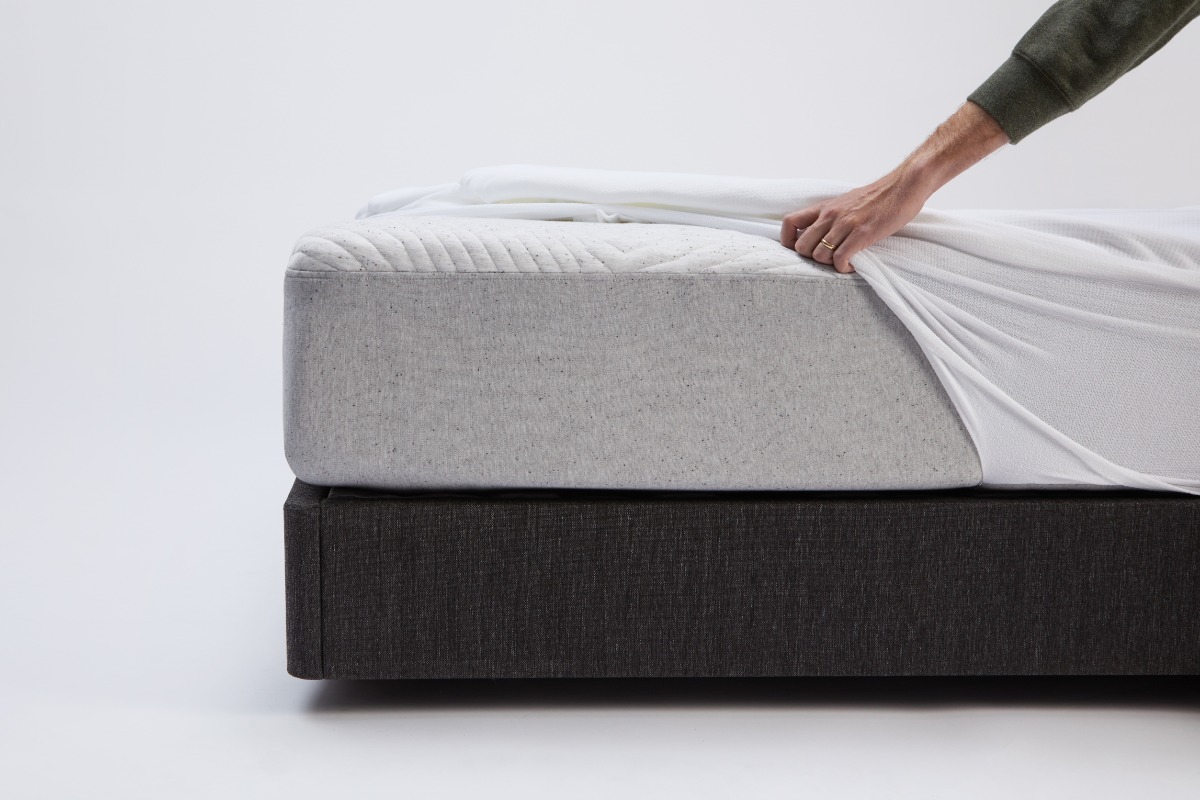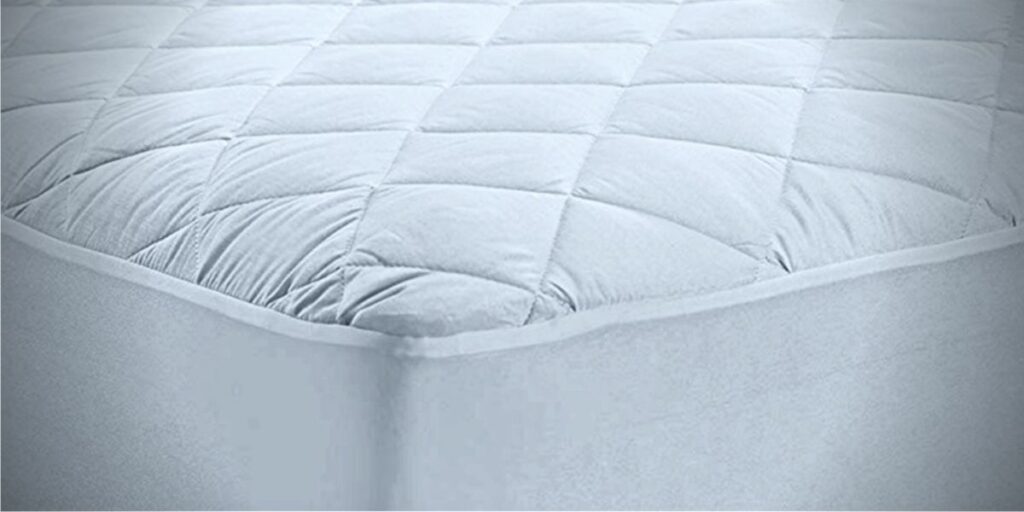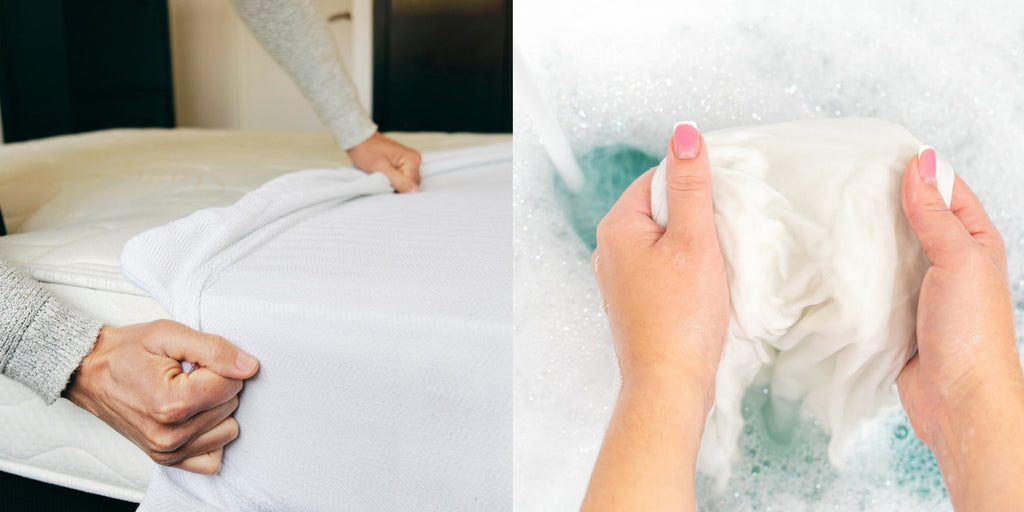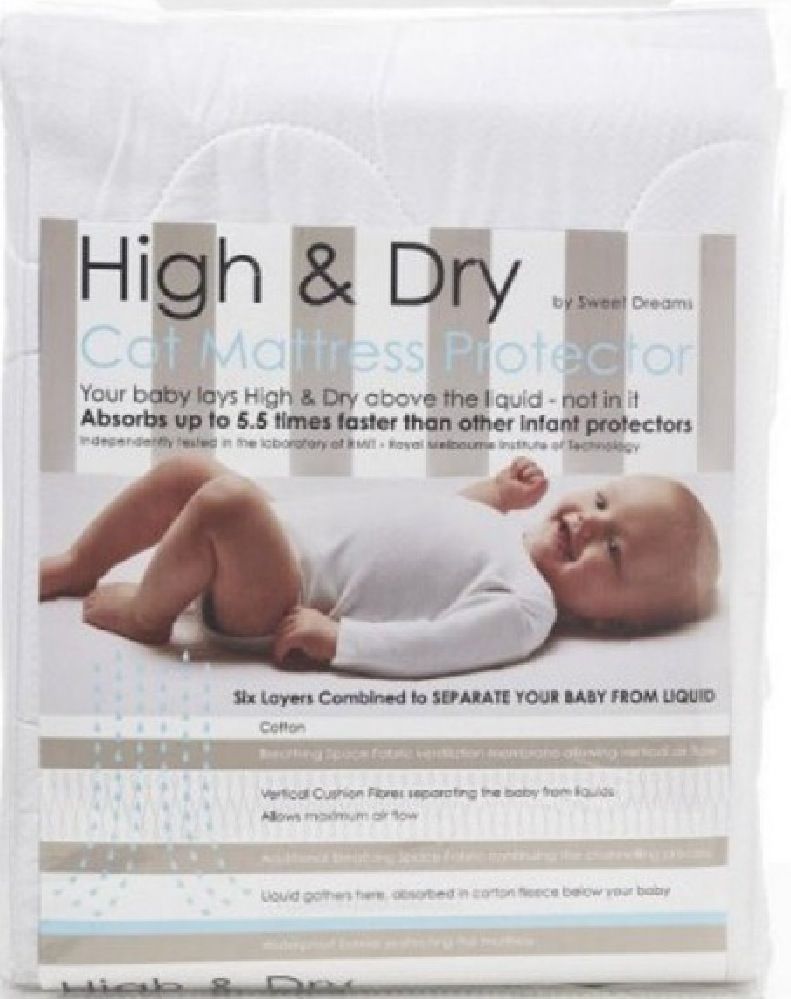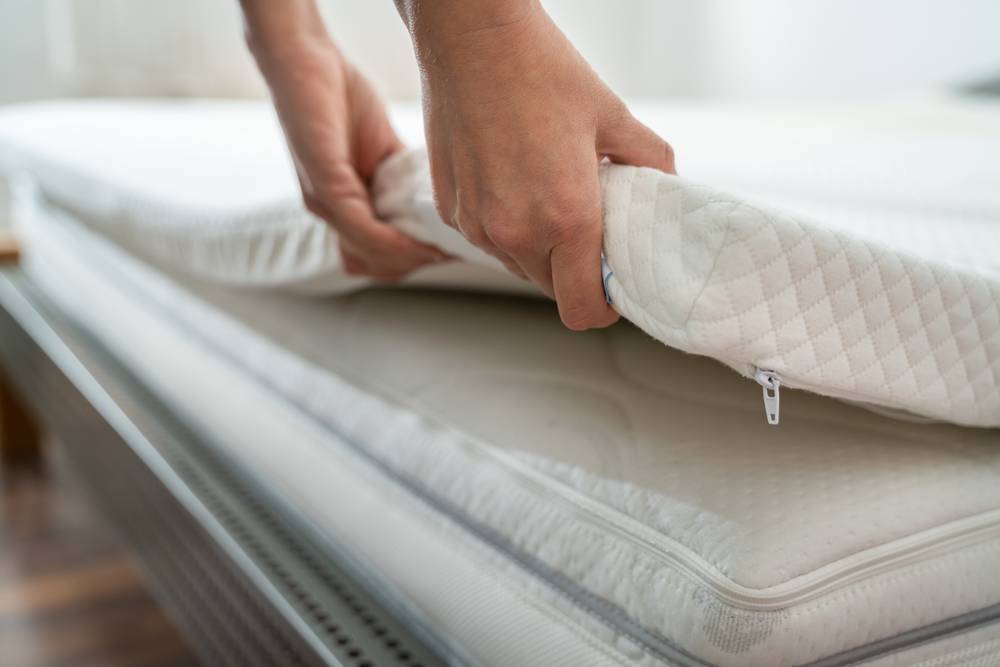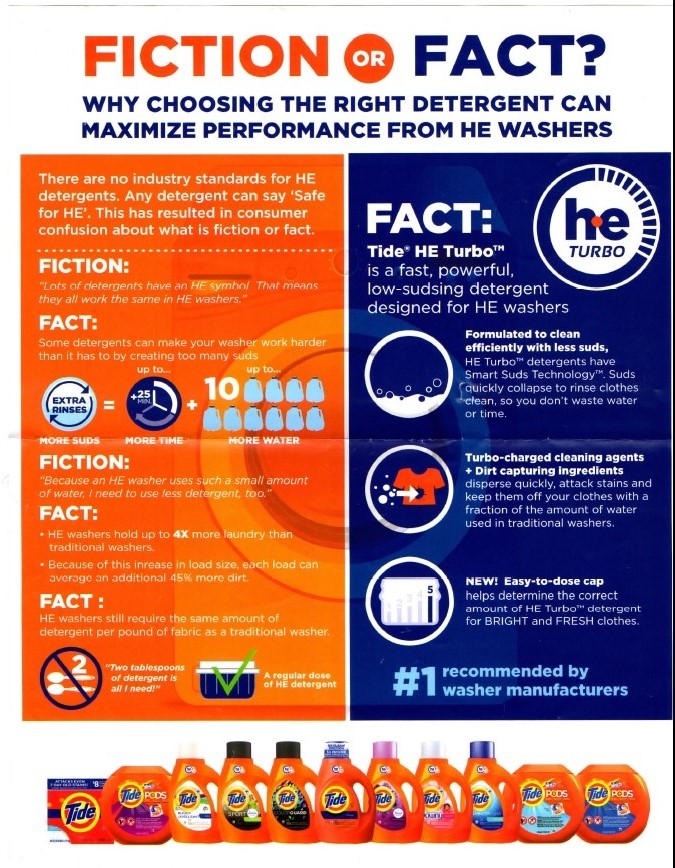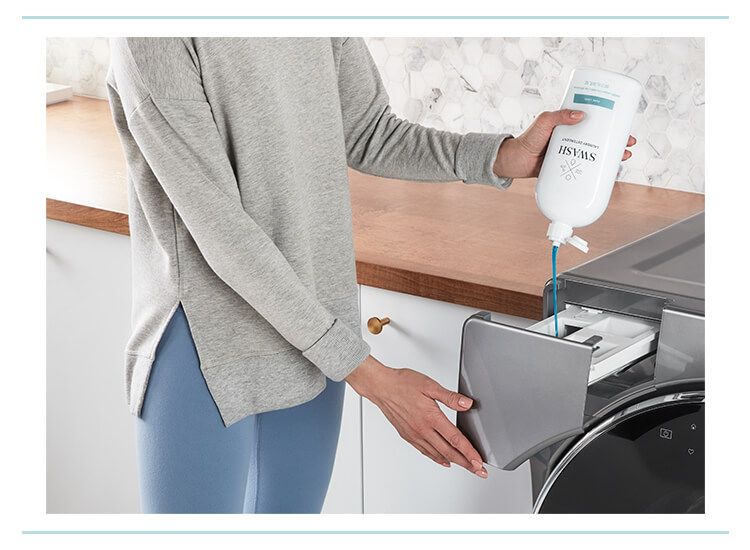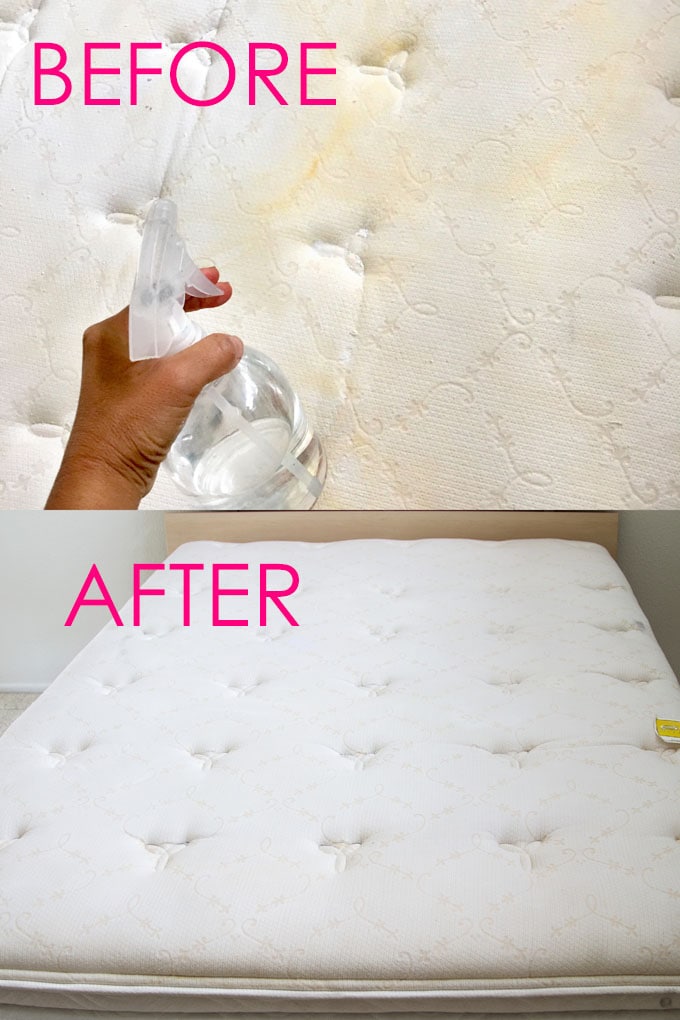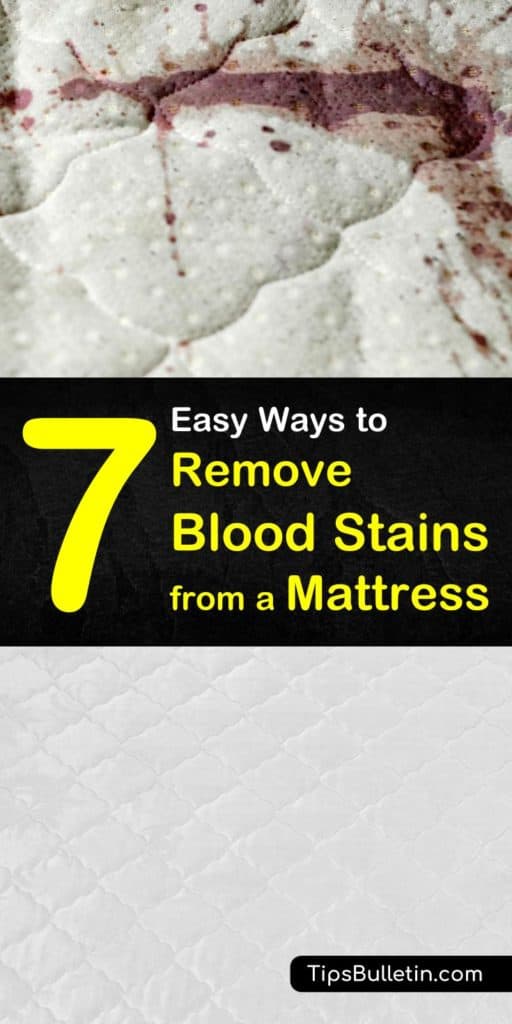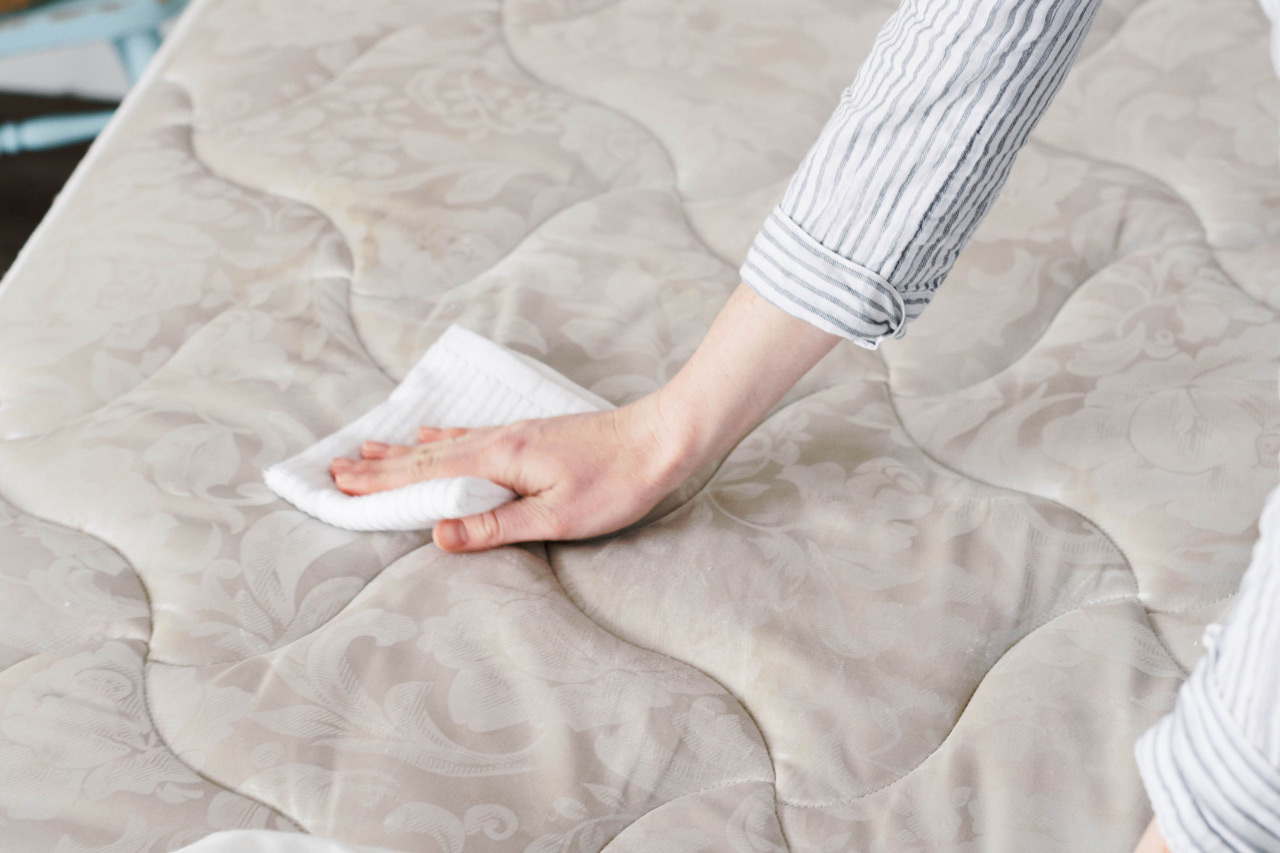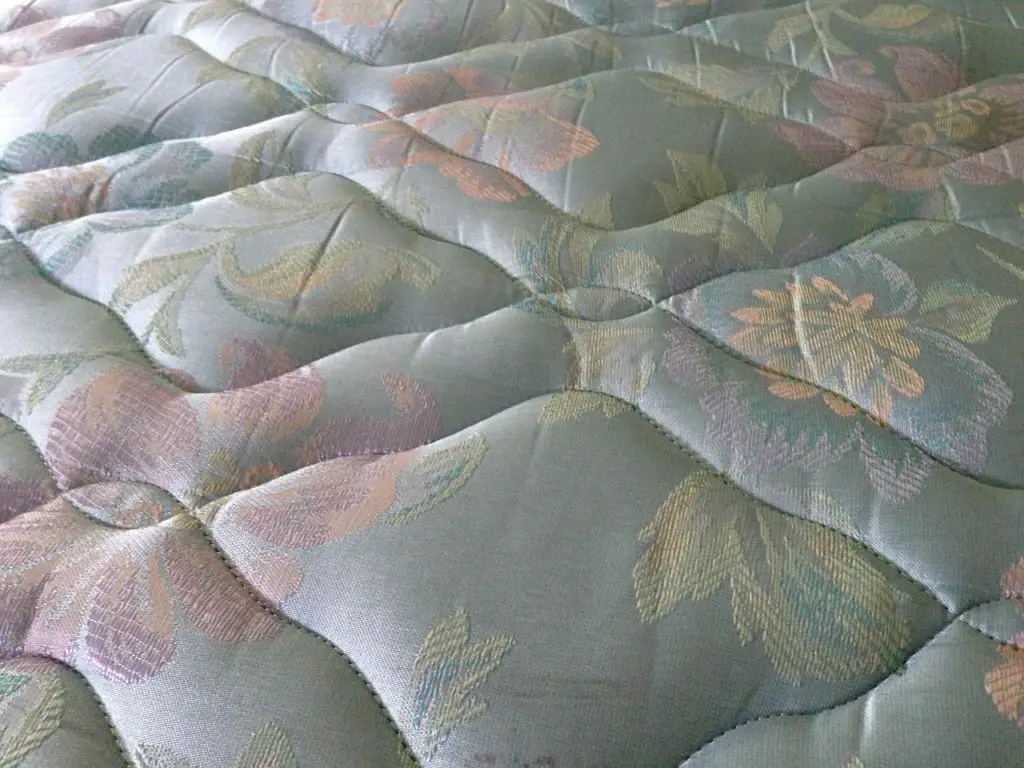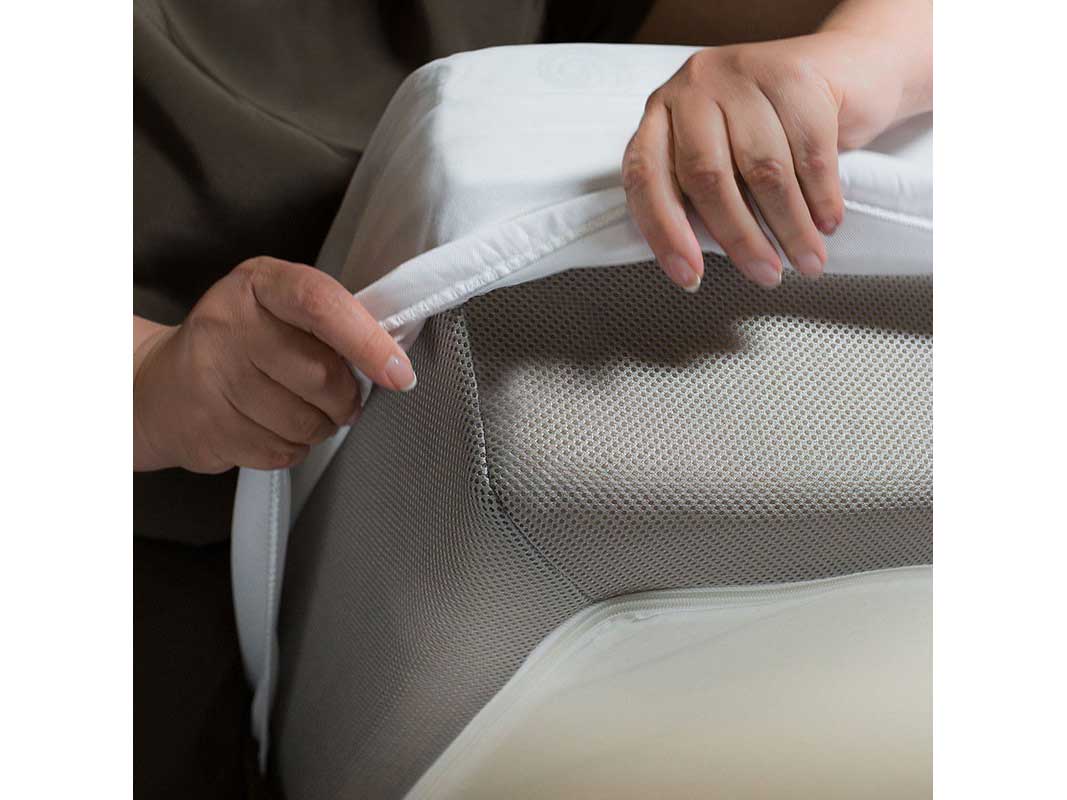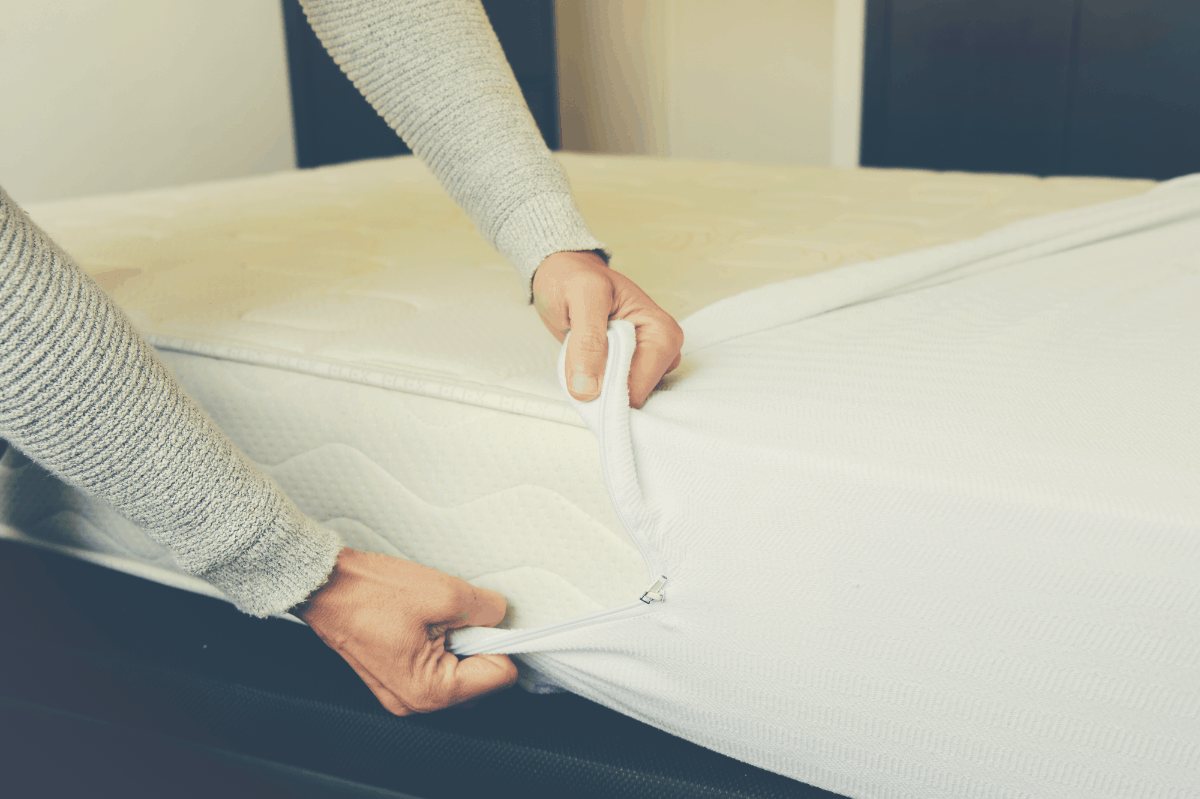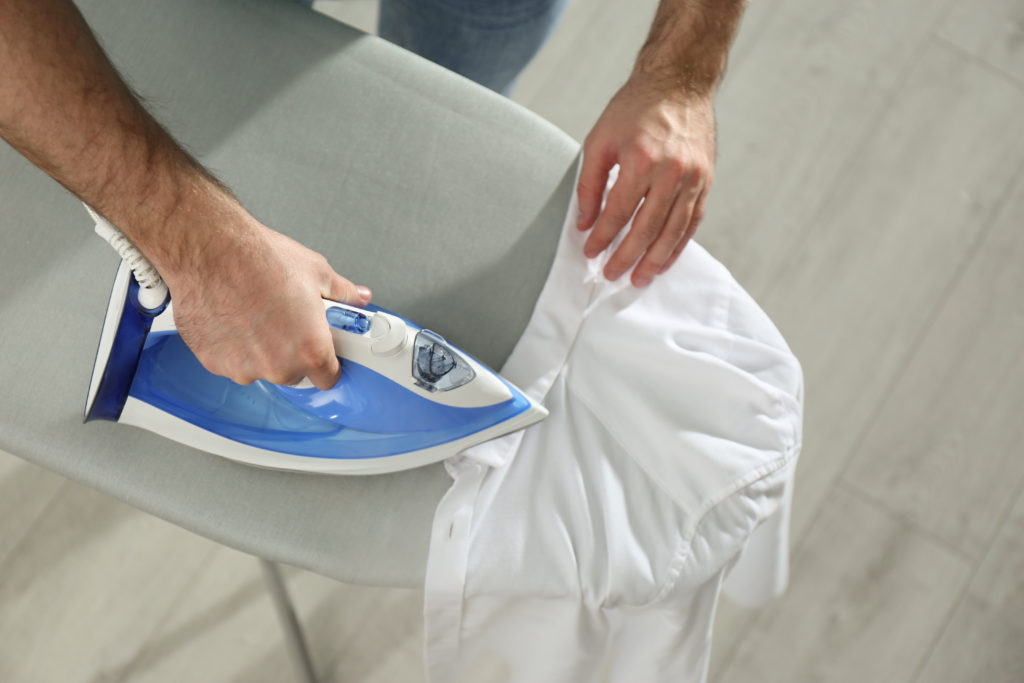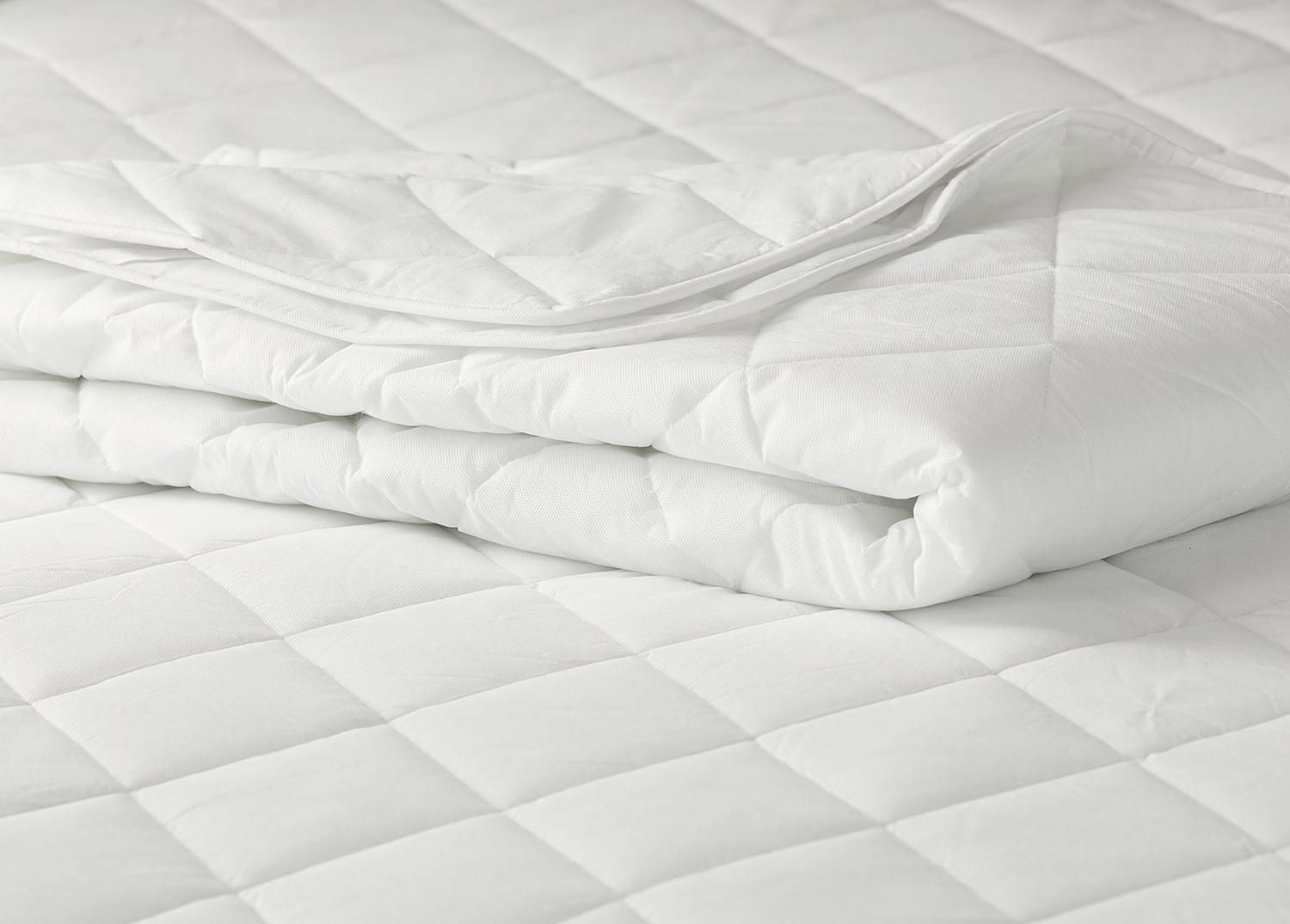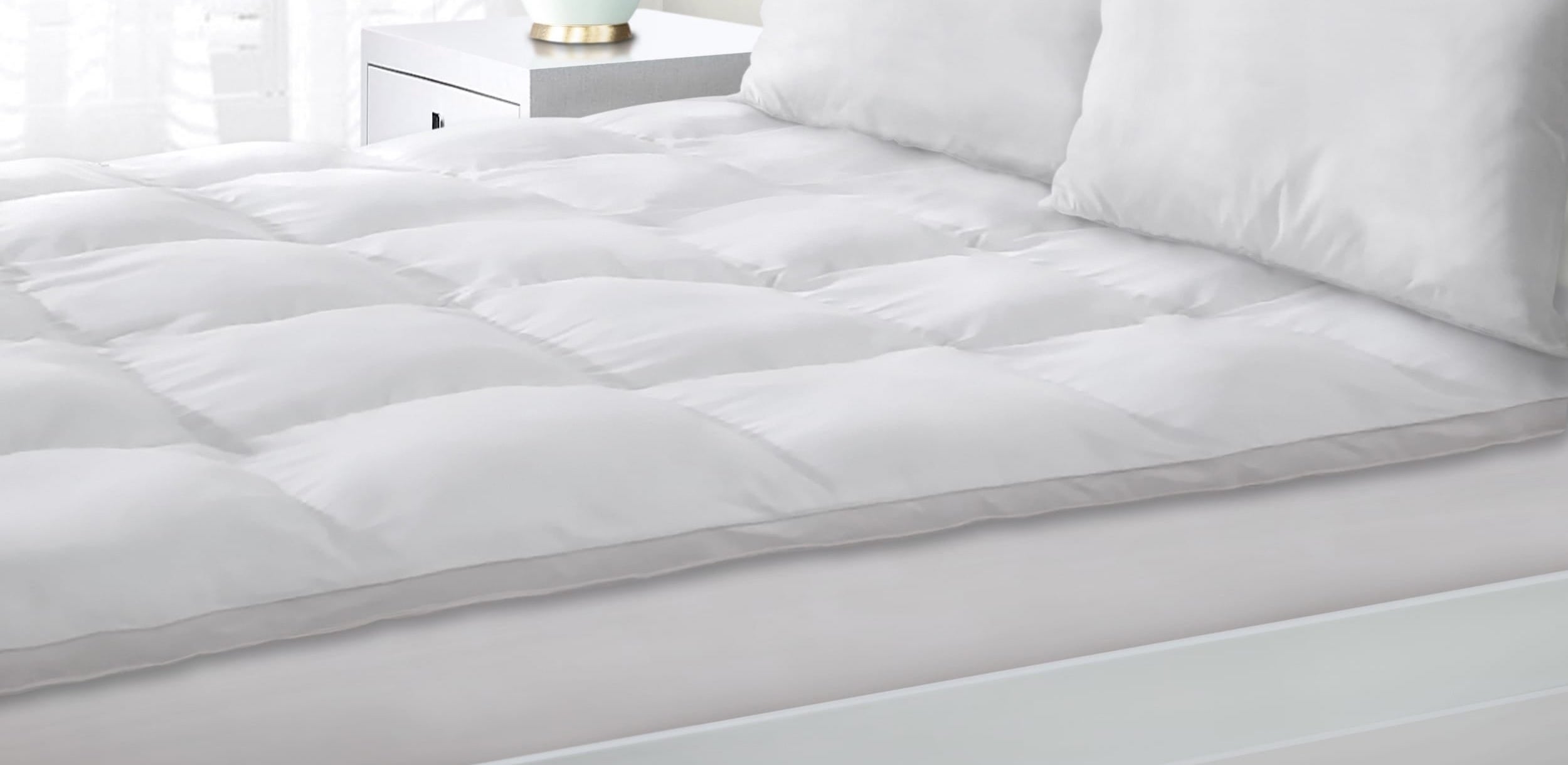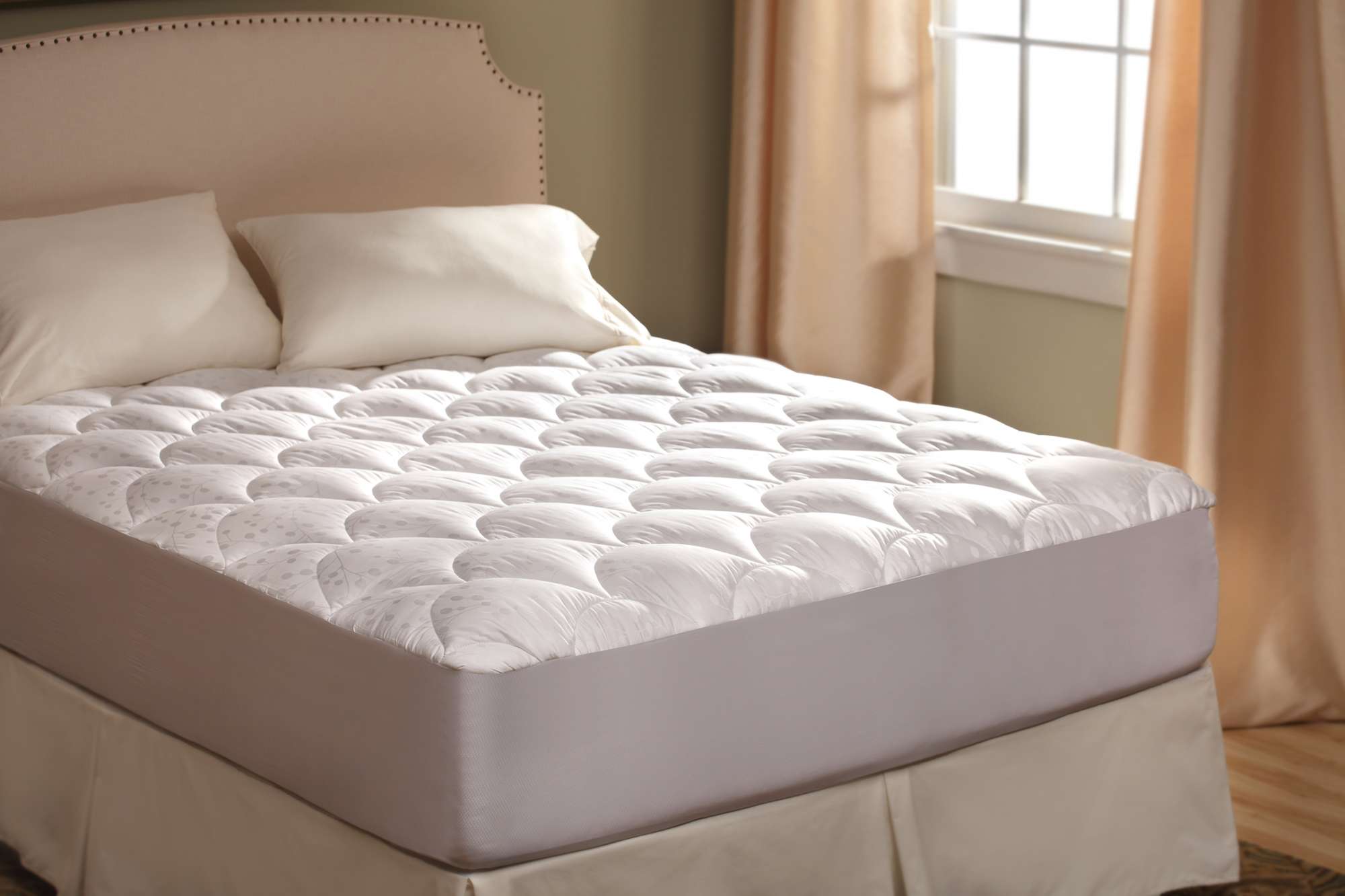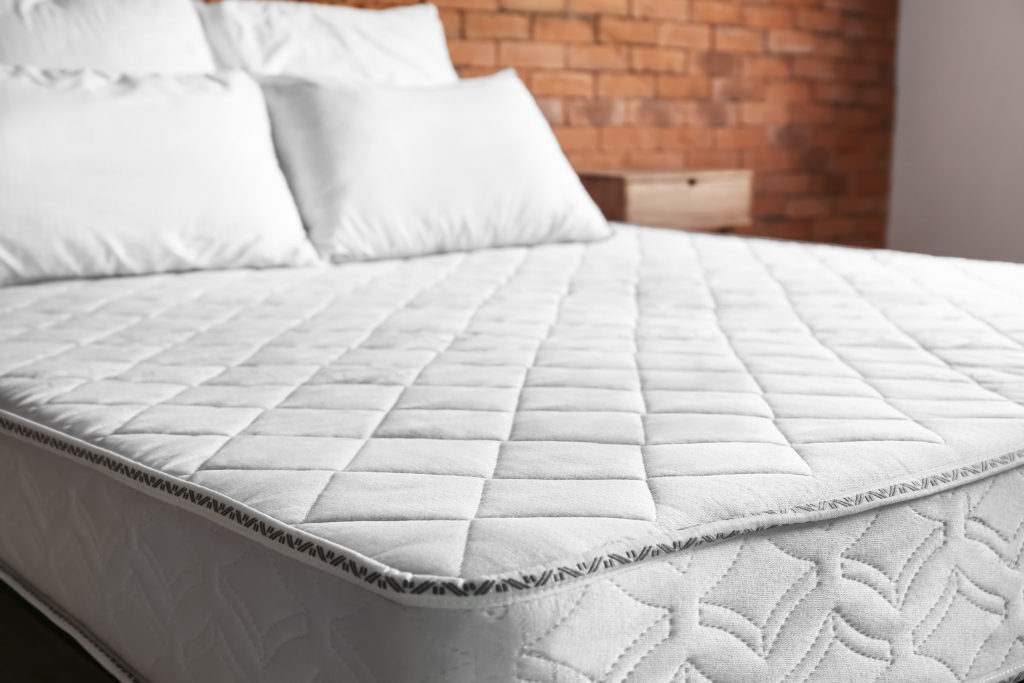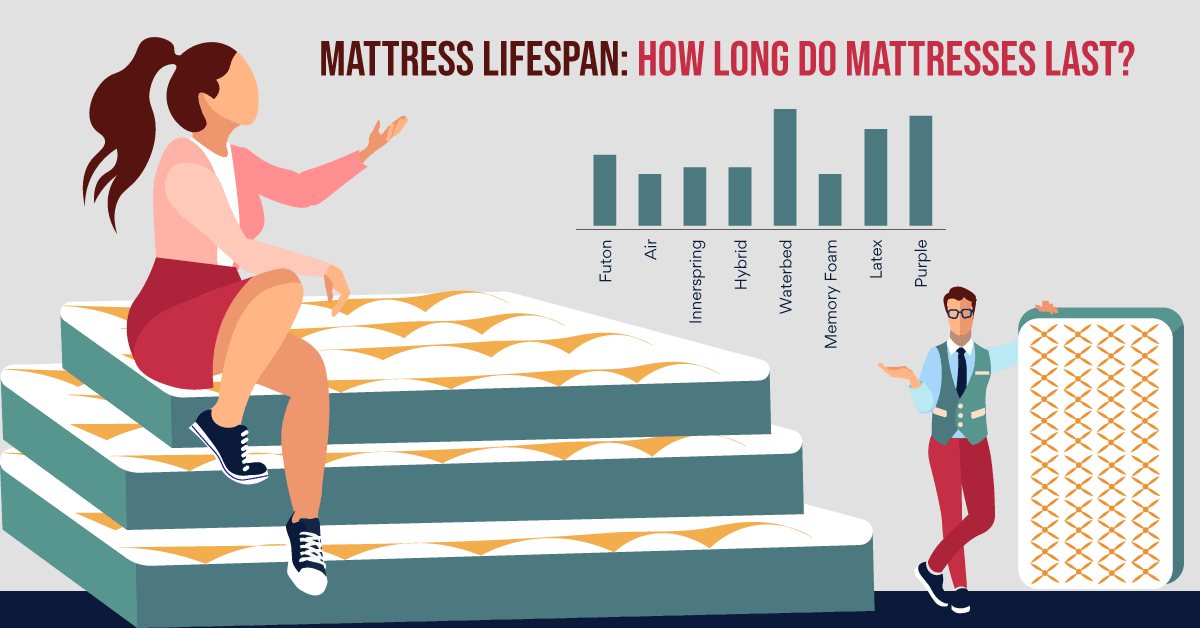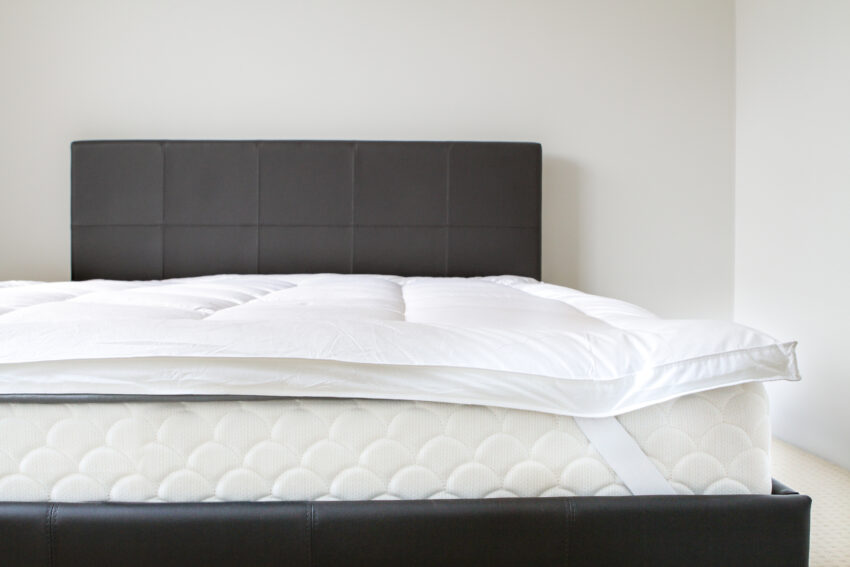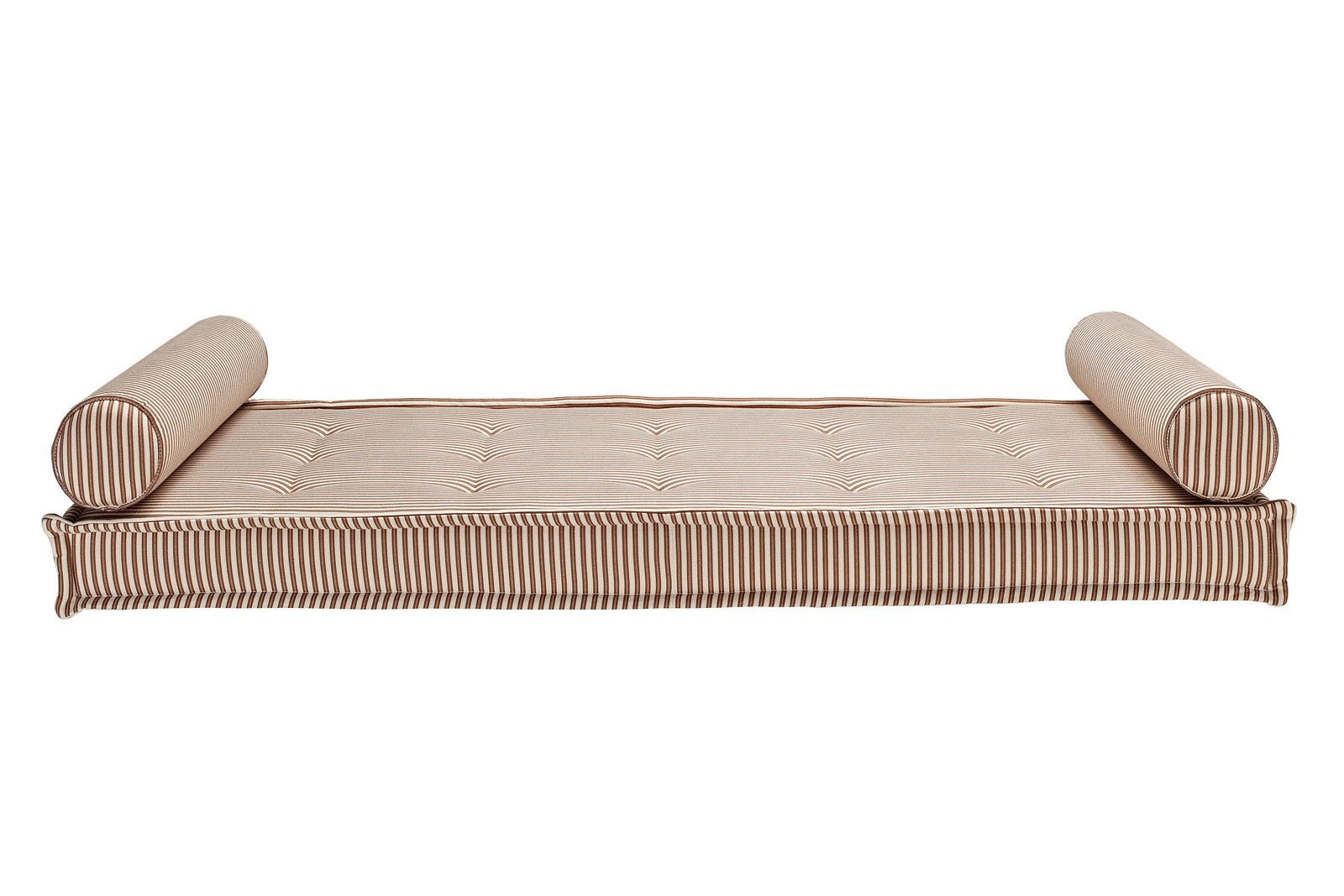Keeping your mattress protector clean is essential for maintaining a hygienic and comfortable sleeping environment. Regular washing of your mattress protector can also help prolong its lifespan and protect your mattress from stains and spills. But can mattress protectors be washed? The answer is yes, and here's how to do it.How to Wash a Mattress Protector
To clean your mattress protector, start by removing it from your mattress. This will make the washing process easier and ensure that your mattress is not accidentally damaged during cleaning. Next, check the care instructions on your mattress protector for any specific washing requirements. Most mattress protectors can be washed in a washing machine, but some may need to be hand-washed or require a specific water temperature. Once you have determined the appropriate method for washing your mattress protector, place it in the washing machine with a mild detergent. Avoid using harsh chemicals or bleach, as these can damage the waterproof layer of the protector. Choose a gentle cycle with cold or warm water, and avoid high heat settings.How to Clean a Mattress Protector
As mentioned before, most mattress protectors can be safely washed in a washing machine. However, it's important to check the care instructions before doing so. Some protectors may need to be hand-washed or require specific washing instructions. It's also essential to make sure your washing machine is large enough to accommodate your mattress protector. If your protector is too large for your machine, it may not be able to wash and rinse properly, leaving behind detergent residue or damaging the fabric.Can You Put a Mattress Protector in the Washing Machine?
Ideally, you should wash your mattress protector every 1-2 months to keep it clean and fresh. However, if you have pets or allergies, you may need to wash it more frequently. It's also a good idea to wash your protector immediately after any spills or accidents occur. If you have a waterproof mattress protector, it's essential to wash it regularly to prevent bacteria and mold growth. These protectors are designed to repel liquids, but over time, they can become less effective if not properly cleaned.How Often Should You Wash a Mattress Protector?
The best temperature to wash your mattress protector will depend on the fabric and care instructions. In general, most protectors can be washed in cold or warm water. Avoid using hot water, as it can damage the waterproof layer and cause shrinkage. It's also important to consider the water temperature for your specific washing machine. Some machines may not have a cold or warm setting, so be sure to check before starting the wash.What Temperature Should You Wash a Mattress Protector?
Yes, you can dry your mattress protector in the dryer, but it's important to check the care instructions first. Some protectors may need to be air-dried or tumble dried on a low heat setting. If you are using a high heat setting, be sure to check the protector periodically to prevent overheating and potential damage. It's also a good idea to add a few clean towels to the dryer to help absorb excess moisture and speed up the drying process.Can You Dry a Mattress Protector in the Dryer?
When washing your mattress protector, it's important to use a mild detergent that is free from bleach and harsh chemicals. These can damage the fabric and reduce the effectiveness of the waterproof layer. There are also specialized detergents available specifically for washing waterproof materials. If your protector has a waterproof layer, it may be worth investing in one of these detergents to ensure proper cleaning and protection.What Detergent Should You Use to Wash a Mattress Protector?
If your mattress protector has stubborn stains, there are a few methods you can try to remove them. For general stains, mix a solution of equal parts water and white vinegar and apply it to the stain with a cloth. Let it sit for a few minutes before gently scrubbing the stain and rinsing with cold water. For tougher stains, you can also try using a mild detergent or enzyme cleaner. Be sure to test these products on a small, inconspicuous area first to ensure they do not damage the fabric.How to Remove Stains from a Mattress Protector
It's not recommended to iron a mattress protector, as the high heat can damage the waterproof layer and cause shrinkage. Instead, try hanging your protector to air dry or tumble drying on a low heat setting.Can You Iron a Mattress Protector?
To prolong the lifespan of your mattress protector, follow these tips:How to Extend the Lifespan of a Mattress Protector
Why It's Important to Wash Your Mattress Protector
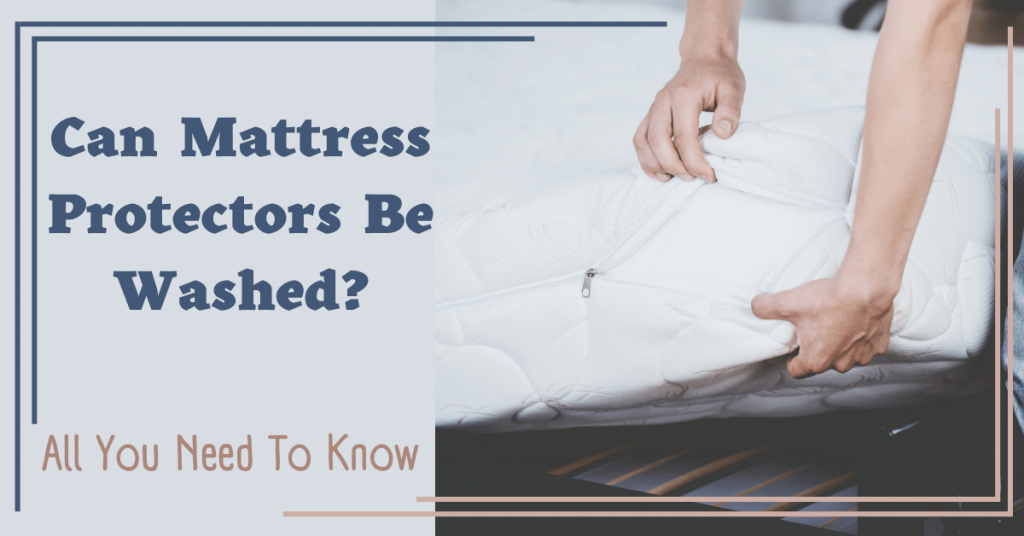
Protecting Your Investment
 When it comes to creating a comfortable and healthy sleeping environment, investing in a high-quality mattress is key. But what many people overlook is the importance of
washing
their mattress
protector
regularly. While
protectors
are designed to keep your mattress clean and stain-free, they also accumulate dust, dirt, and sweat over time. Not only does this affect the overall cleanliness of your bed, but it can also impact your health. That's why it's crucial to understand the benefits of
washing
your mattress
protector
and how to do it properly.
When it comes to creating a comfortable and healthy sleeping environment, investing in a high-quality mattress is key. But what many people overlook is the importance of
washing
their mattress
protector
regularly. While
protectors
are designed to keep your mattress clean and stain-free, they also accumulate dust, dirt, and sweat over time. Not only does this affect the overall cleanliness of your bed, but it can also impact your health. That's why it's crucial to understand the benefits of
washing
your mattress
protector
and how to do it properly.
Keeping Your Bed Hygienic
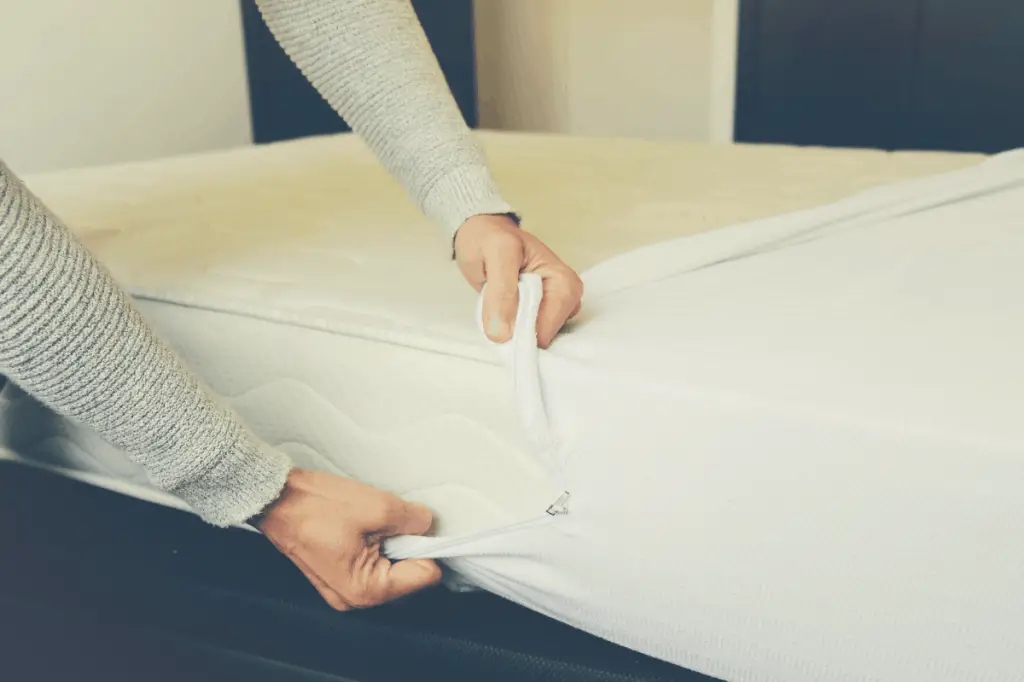 Mattress
protectors
act as a barrier between your body and your mattress, protecting it from spills, sweat, and other bodily fluids. While they may seem like an extra layer of protection,
washing
them regularly is crucial to maintain a hygienic sleeping environment. Without proper
washing
,
protectors
can become a breeding ground for bacteria, dust mites, and allergens, which can lead to respiratory issues and skin irritations. By
washing
your mattress
protector
on a regular basis, you can ensure that your bed remains clean and free of any harmful particles.
Mattress
protectors
act as a barrier between your body and your mattress, protecting it from spills, sweat, and other bodily fluids. While they may seem like an extra layer of protection,
washing
them regularly is crucial to maintain a hygienic sleeping environment. Without proper
washing
,
protectors
can become a breeding ground for bacteria, dust mites, and allergens, which can lead to respiratory issues and skin irritations. By
washing
your mattress
protector
on a regular basis, you can ensure that your bed remains clean and free of any harmful particles.
Prolonging the Life of Your Mattress
 Another reason to
wash
your mattress
protector
is to protect your mattress itself. Over time, sweat, dead skin cells, and other debris can seep through the
protector
and into your mattress, causing it to deteriorate faster. By
washing
the
protector
regularly, you can prevent any buildup of dirt and stains that can lead to premature wear and tear of your mattress. This will ultimately save you money in the long run by prolonging the life of your mattress.
Another reason to
wash
your mattress
protector
is to protect your mattress itself. Over time, sweat, dead skin cells, and other debris can seep through the
protector
and into your mattress, causing it to deteriorate faster. By
washing
the
protector
regularly, you can prevent any buildup of dirt and stains that can lead to premature wear and tear of your mattress. This will ultimately save you money in the long run by prolonging the life of your mattress.
How to Wash Your Mattress Protector
 Now that you understand the importance of
washing
your mattress
protector
, here are some tips on how to do it properly. Most mattress
protectors
can be machine washed using a mild detergent and cold water. It's essential to follow the care instructions provided by the manufacturer to ensure that you don't damage the
protector
or void any warranties. It's also recommended to air dry the
protector
instead of using a dryer to prevent any shrinkage or damage.
Now that you understand the importance of
washing
your mattress
protector
, here are some tips on how to do it properly. Most mattress
protectors
can be machine washed using a mild detergent and cold water. It's essential to follow the care instructions provided by the manufacturer to ensure that you don't damage the
protector
or void any warranties. It's also recommended to air dry the
protector
instead of using a dryer to prevent any shrinkage or damage.
The Bottom Line
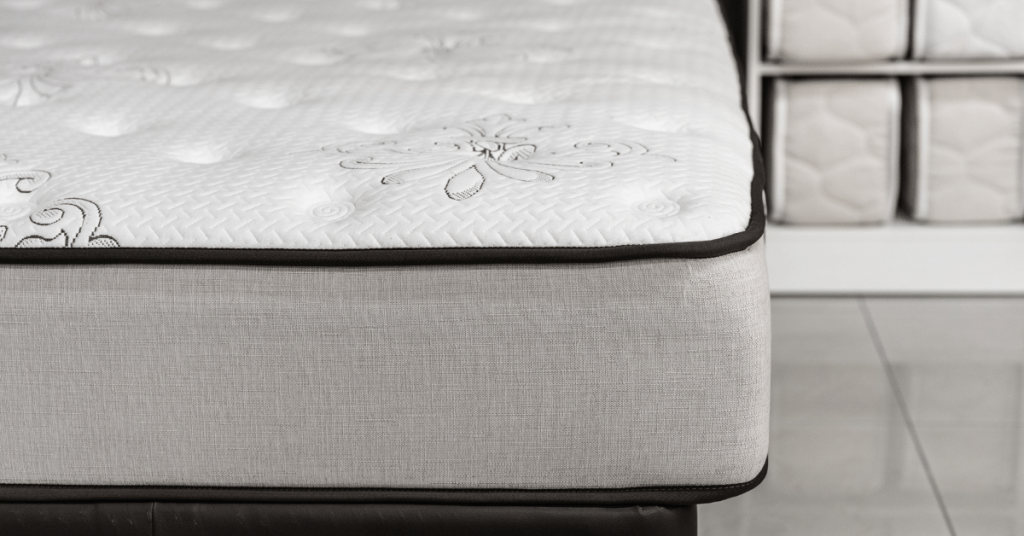 In conclusion,
washing
your mattress
protector
is just as important as any other household chore. It not only keeps your bed clean and hygienic but also prolongs the life of your mattress. Make sure to incorporate
washing
your mattress
protector
into your regular cleaning routine to maintain a healthy and comfortable sleeping environment for yourself and your family.
In conclusion,
washing
your mattress
protector
is just as important as any other household chore. It not only keeps your bed clean and hygienic but also prolongs the life of your mattress. Make sure to incorporate
washing
your mattress
protector
into your regular cleaning routine to maintain a healthy and comfortable sleeping environment for yourself and your family.






:max_bytes(150000):strip_icc()/how-to-wash-mattress-protector-5220415-hero-ef3d29e5dac34ab8a6482dc4e31a1252.jpg)


